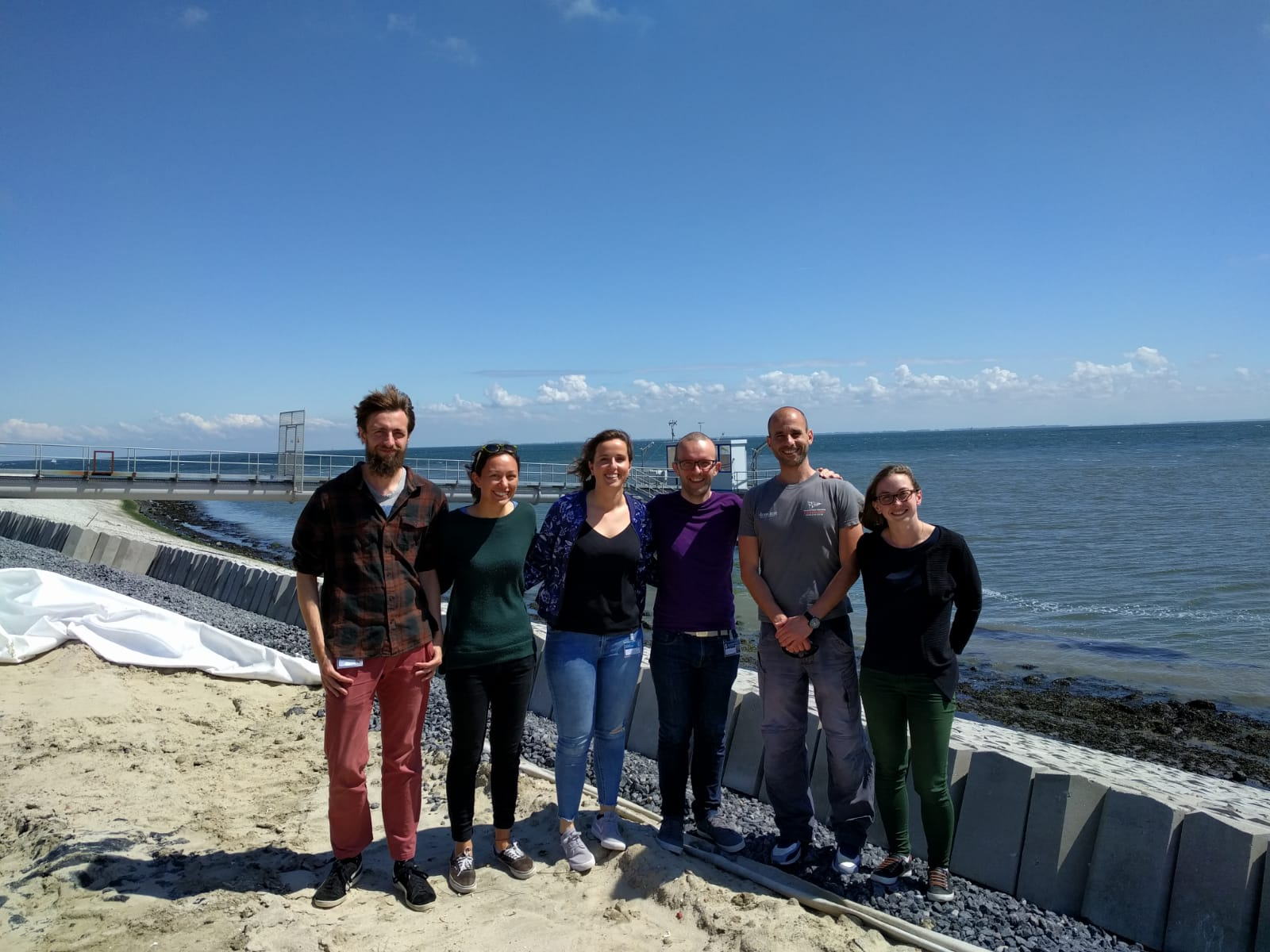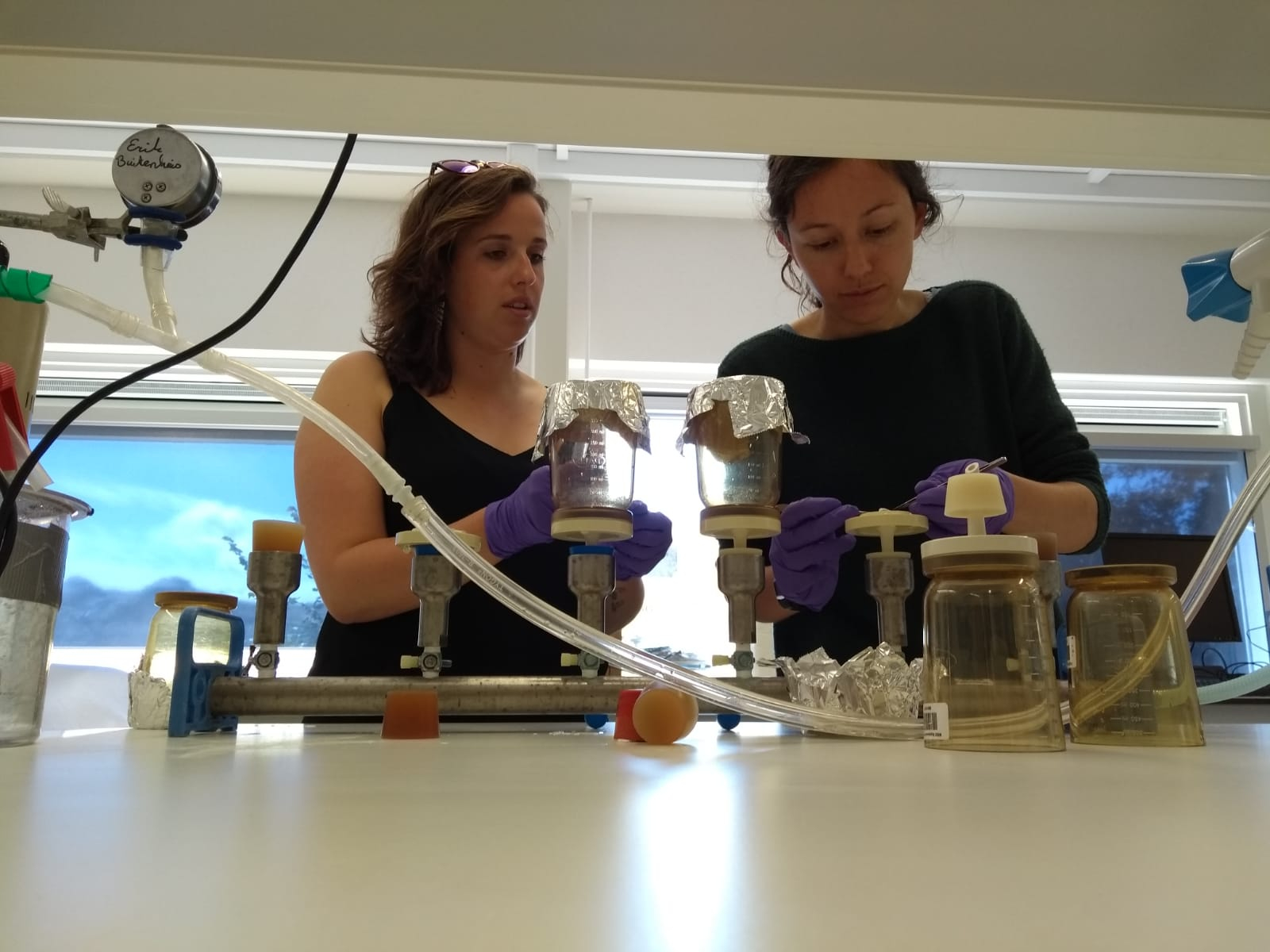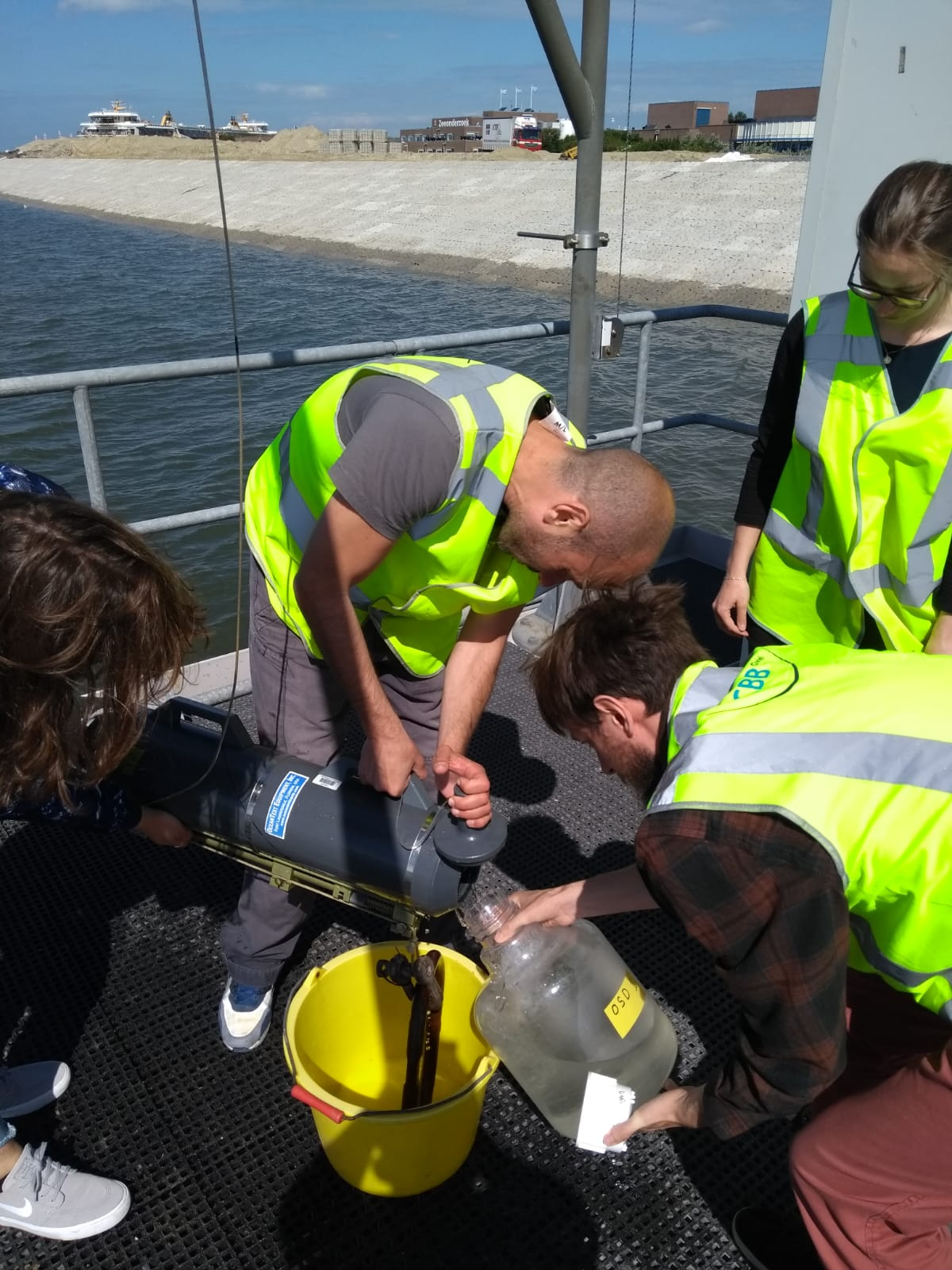Ocean Sampling Day 2019

Every summer solstice, thousands of scientists and volunteers across the globe come together to sample the Earth's ocean and river microbiomes for Ocean Sampling Day. The goal is to compare the diversity of marine microbial communities over time as a way of gauging changes in biodiversity of different aquatic habitats.

Marine microorganisms make up 98 percent of the ocean biomass and drive critical planetary biogeochemical cycles. Carbon, nitrogen, all molecules necessary for living organisms, are processed and re-introduced in the ecosystem through the microbial activity. Even though microbes are so tiny that up to a million of them live in just one milliliter of seawater! They also inhabit every part of the ocean, from the surface to the sea floor and even sub-seafloor rocks. Their rapid response to environmental changes makes them ideal "canaries in the coal mine" of marine ecosystems.

One of the main motivations for this effort is fostering international collaboration and knowledge sharing, a purpose that exceeds borders of scientific domains and national territories. Oceanographers, molecular and ecosystem biologists, bioinformaticians and volunteers, will work together and share information from sampling stations worldwide (233 stations since 2014), contributing to the biggest single-day snapshot of the world’s marine microbial taxonomic and metabolic diversity.
